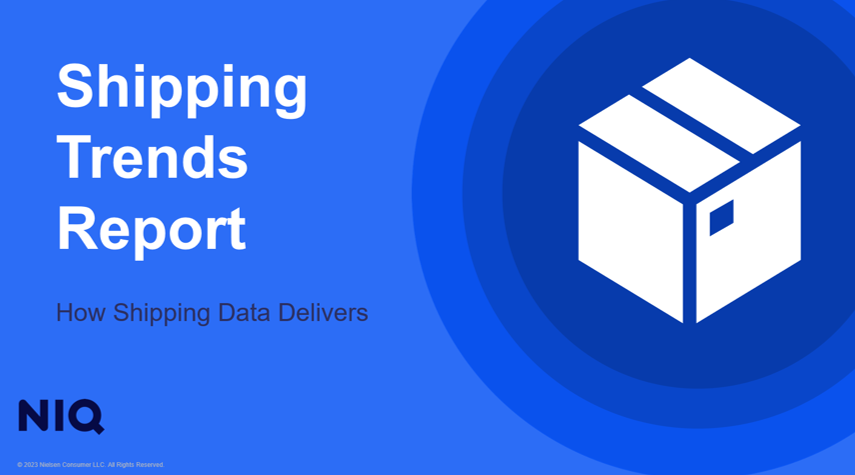
How to Use Shipping Data for Market Analysis
In the vast ocean of data that modern analysts have access to, shipping data for market analysis emerges as a lighthouse, guiding informed decision-making and offering unparalleled insights into global economic activity.
Let’s explore why and how to use shipping alternative data as a valuable alternative data source for market analysts, businesses, and investors.
Why Shipping Data for Market Analysis?
Shipping data for retail and ground shipping providers is the number of packages that are shipped by a given date (e.g., daily, weekly) in a specific region or country.
By aggregating this information, it provides valuable insights into consumer behavior, economic activity, and supply chain operations.
Why is Shipping Data Valuable for Market Analysis ?
There are several reasons why shipping alternative data is an untapped treasure for market analysis:
Economic Health Indicator
The volume and direction of shipped goods serve as a barometer for global and regional economic health. A surge in shipping activity to a certain region may indicate economic growth or an increase in demand for certain commodities, while a decline could signal economic slowdowns. Analysts can leverage this data to adjust investment strategies, predict stock market trends, and steer corporate decisions.
Supply Chain Insights
In today’s economy, supply chains are increasingly complex and globalized. Shipping data offers a way to monitor disruptions in real time, be they due to political unrest, environmental disasters, or logistical bottlenecks. Businesses can use this information to anticipate shortages, manage inventory more effectively, and mitigate risk.
Competitive Intelligence
Understanding the movements of goods can also provide insights into competitors’ strategies. For instance, an uptick in shipping activity from a rival’s manufacturing base might suggest a new product launch or market expansion, allowing companies to respond proactively.
Investment Opportunities
For investors, shipping alternative data can uncover trends and opportunities ahead of the market curve. By monitoring the flow of commodities like oil, grain, or electronics, investors can gain early signals about sector performance or identify under-the-radar companies positioned for growth.
Utilizing Shipping Alternative Data
Despite its value, the incorporation of shipping alternative data into market analysis remains underutilized, largely due to challenges in accessing and interpreting the vast amounts of unstructured data. However, advancements in data processing and analytics technology are making it easier to harness these insights.
Integration with Traditional Data Sources
To maximize its potential, shipping alternative data should be analyzed alongside traditional sources such as economic reports, financial statements, and market trends. This holistic approach can enhance predictive models and refine market forecasts.
Partnership with Data Providers
Collaborating with specialized data providers can overcome accessibility hurdles. These companies aggregate, clean, and analyze shipping data, transforming it into actionable insights. These insights can be integrated directly into business or investment decision-making processes.
Leveraging Advanced Analytics
Machine learning and AI tools can sift through shipping data to identify patterns, predict trends, and generate recommendations. These technologies can automate the extraction of valuable insights, making alternative data more accessible to analysts and decision-makers.
Conclusion
In a world awash with data, shipping alternative data stands out for its direct ties to economic activity, its ability to offer early indicators of market trends, and its potential to inform strategic decisions across a variety of sectors.
As data processing technologies evolve, the utilization of shipping data as a vital source of alternative data is set to expand. Shipping data for market analysis will transform how businesses and investors understand and react to the global market dynamics.
How to Use e-Commerce Shipping Insights in Market Analysis
